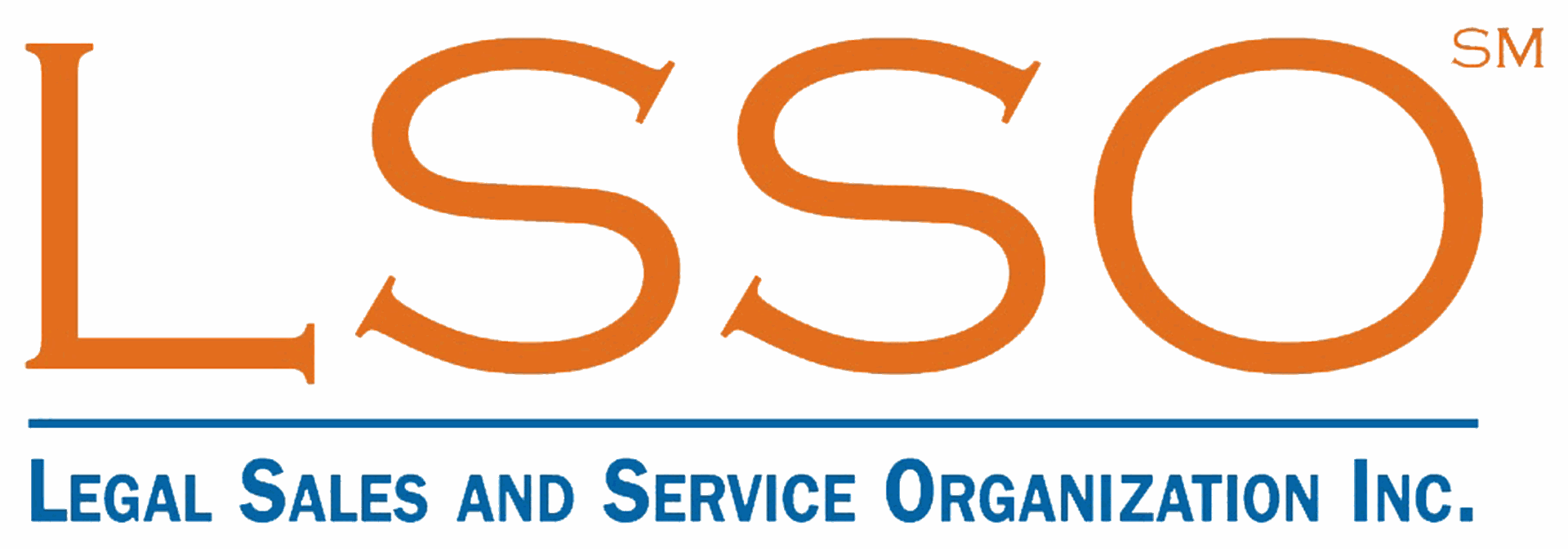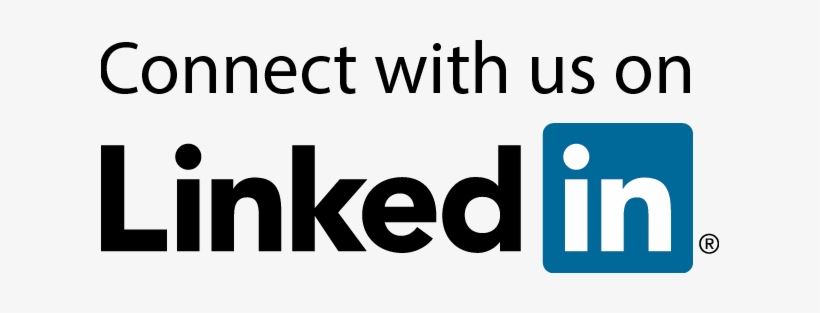Raya Blakeley-Glover | Global Head of Business Development at Bird & Bird; Adam Severson, Chief Marketing & Business Development Officer | Baker Donelson
Trust is an essential component in the realm of professional services, playing a pivotal role in shaping successful interactions and engagements between service providers and their clients (internal and external.) This article delves into the nature of trust in a professional context, exploring how professionals can build, maintain, and restore trust within their business relationships.
Establishing Trust: The Foundational Elements
Building trust in a professional services setting begins by demonstrating expertise. This isn’t just about showcasing knowledge, but also about applying that knowledge effectively to meet your clients' specific needs and challenges. Professionals must prove their technical ability in a way that provides value to their clients and to their client’s business. Demonstrating expertise in this way reassures clients of your capability and is an important foundation to establishing trust.
Reliability is another critical component of trust. Reliability is cultivated by being consistent and by doing what you say you are going to do. Examples of reliability are meeting deadlines, following through on commitments, and showing up prepared for every interaction. These measures establish a track record of dependability that strengthens trust. This needs to be maintained throughout the course of a relationship, so that trust is not lost.
Demonstrating curiosity, understanding and empathy towards your client’s particular situation and concerns also plays a pivotal role in building trust. This begins with active listening—paying close attention to your client's words and underlying priorities. Asking open-ended questions is a great way to elicit this information from clients. You want to show that you not only hear but understand the challenges your clients face. By empathizing with these challenges and reflecting this understanding in their actions and suggestions, you can align yourself more closely with your client's objectives, further deepening trust.
Communicating to Build and Sustain Trust
Communication is a vital tool in building and sustaining trust. Effective communication is characterized by transparency, timeliness, and adapting delivery to suit your client's preferences. For instance, some clients may prefer detailed reports, while others might appreciate concise executive summaries. Understanding and adapting to these preferences without compromising the quality or integrity of the information is key to maintaining trust.
Proactive communication is particularly effective in strengthening trust. This involves anticipating potential issues that might impact your client and addressing them before they escalate. By informing your client about possible risks and the steps being taken to mitigate them, you can demonstrate foresight and a commitment to the client’s best interests. This proactive approach not only prevents problems but also reinforces the client's perception of you as attentive and forward-thinking.
Feedback is an essential part of trustworthy communication. It is important to get feedback from clients on both the substantive services provided as well as on the communication they receive. This feedback needs to be listened to and actively incorporated into future interactions. By showing a willingness to adapt you will reinforce your commitment to meeting your client's needs and preferences, which is a great way to sustain trust over the long term.
The Role of Integrity in Trust
Integrity is the bedrock upon which professional trust is built. This involves more than just honesty; it encompasses a broader commitment to ethical behaviour and fairness in all that you do. Professionals must ensure that their actions consistently reflect their values and principles. This congruence between words and actions reassures clients of your integrity, which is critical for trust.
By prioritizing integrity, situations that could lead to conflicts of interest or other ethical issues can be avoided. One example of this is being transparent about capabilities and limitations, ensuring that you don’t promise more than you can deliver.
Taking responsibility for one’s actions is another way to demonstrate integrity, and this is especially important when things go wrong. Owning your mistakes and taking clear, corrective actions without shifting blame shows integrity and enhances credibility. This accountability helps in managing the current challenge but also solidifies the foundation of trust being built.
Long-term Strategies for Trust Maintenance
Maintaining trust requires ongoing effort. Regularly checking in on clients, seeking feedback, and adjusting to meet evolving needs are practices that help sustain trust. Maintaining your own personal and professional development is also important, for example, staying on top of industry trends demonstrates a commitment to excellence and reliability.
Professionals should strive for consistency in their service delivery, ensuring that every interaction with their clients reinforces the trust they have built. This includes everything from quality of work to timeliness of communications as well as respect and courtesy every interaction.
Everyone Makes Mistakes!
Mistakes and misunderstandings are inevitable in any professional relationship. However, effectively addressing and recovering from these setbacks is what truly tests the strength of trust. When something goes wrong, it’s important to immediately acknowledging the mistake, communicating openly with your client, and your manager or team, and outlining steps to fix the problem.
These conversations should focus on resolution, rather than blame. This might involve developing a detailed plan to prevent future mistakes of the same nature and taking visible steps to implement this plan. By dealing with setbacks transparently and responsibly, you will reassure clients as well as internal stakeholders and restore damaged trust.
Restoring trust also requires a look back at where things went wrong. This analysis should be thorough and honest. You can involve your client in these processes which shows genuine commitment to improvement, also reinforcing the partnership’s resilience.
Conclusion
Trust within professional relationships requires attention and ongoing nurturing. By focusing on competence, communication, integrity, and responsive actions, you can establish and maintain trust with your clients. Such efforts, while demanding, lead to greater client loyalty, sustained business success, and the personal satisfaction of cultivating meaningful, lasting professional relationships. These foundational elements ensure that trust remains a dynamic and vital component of all professional interactions.

